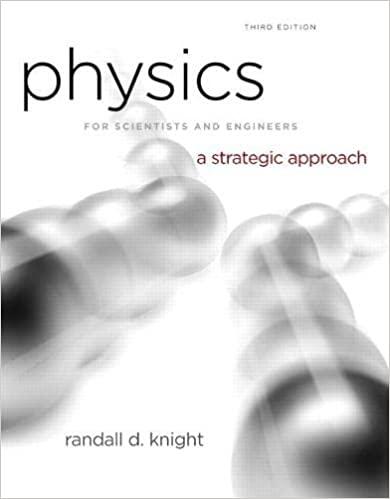
5. 6. Turn on the DC power Supply and now insert the steel rod in and out of the inner coil, while pressing on the Galvanometer, what do you observe? Explain Repeat steep ve at different speeds, what do you observe? Explain II. Measuring the Induced emf. l. 2. 3. 4. Connect the voltage probe to the lab pro and the lab pro to the computer. Open Logger Pro; Set data collection to 20 seconds duration and rate of 200 samples per second; Repeat the Part I attachng the voltage probe to the outer coil; Insert every corresponding graph and describe the graph correlating it to the event. III. Determining the average Magnetic Flux. CAUTION: Make sure that the cow magnet crosses the coil cleanly. Part A: EMF vs. Number of Loops 1. 2. 9919'?\" Assemble the apparatus shown by the professor; Drop the cow magnet from 30 cm above the coil, measure the maximum, mean voltages, and the positive and negative areas on the curve; Repeat step 2 two more time; Repeat steps 2 and 3 for other four coils (different number of turns); Create a table showing your results; Graph the relationship between the number of coils and the measured quantities. Part B: Part B EMF vs. Velocity. 10. 11. 12. Choose a 400 turns coil, set the apparatus that you used in Part A Drop the cow magnet from 15 cm above the coil, measure the maximum, mean voltages, and the positive and negative areas on the curve; Repeat step 8 two more time; Repeat steps 8 and 9 for 30cm,45cm, 60cm, and 75 cm above the coil. Create a table showing your results; Graph the relationship between the number of coils and the measured quantities. Analysis: 1. DJ Based on Part I and 11, write a summary of the conditions needed to induced an emf in the outer coil? Describe any possible mathematical relationship. What is the meaning of the area under the curve for the voltage vs. time graph? What is the total area under the curve? Why do you think this happens? Describe the relationships from the above graphs, if they are linear explain the meaning of the slope and the y-intercepts








